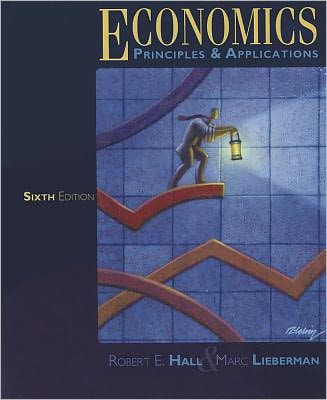5
1
9781111822347


Economics: Principles and Applications / Edition 6 available in Hardcover

Economics: Principles and Applications / Edition 6
- ISBN-10:
- 1111822344
- ISBN-13:
- 9781111822347
- Pub. Date:
- 02/16/2012
- Publisher:
- Cengage Learning
- ISBN-10:
- 1111822344
- ISBN-13:
- 9781111822347
- Pub. Date:
- 02/16/2012
- Publisher:
- Cengage Learning

Economics: Principles and Applications / Edition 6
$374.95
Current price is , Original price is $374.95. You
$374.95
This item is available online through Marketplace sellers.
$351.60
This item is available online through Marketplace sellers.
374.95
Out Of Stock

Product Details
| ISBN-13: | 9781111822347 |
|---|---|
| Publisher: | Cengage Learning |
| Publication date: | 02/16/2012 |
| Edition description: | New Edition |
| Pages: | 972 |
| Product dimensions: | 8.80(w) x 10.10(h) x 1.70(d) |
About the Author
From the B&N Reads Blog

